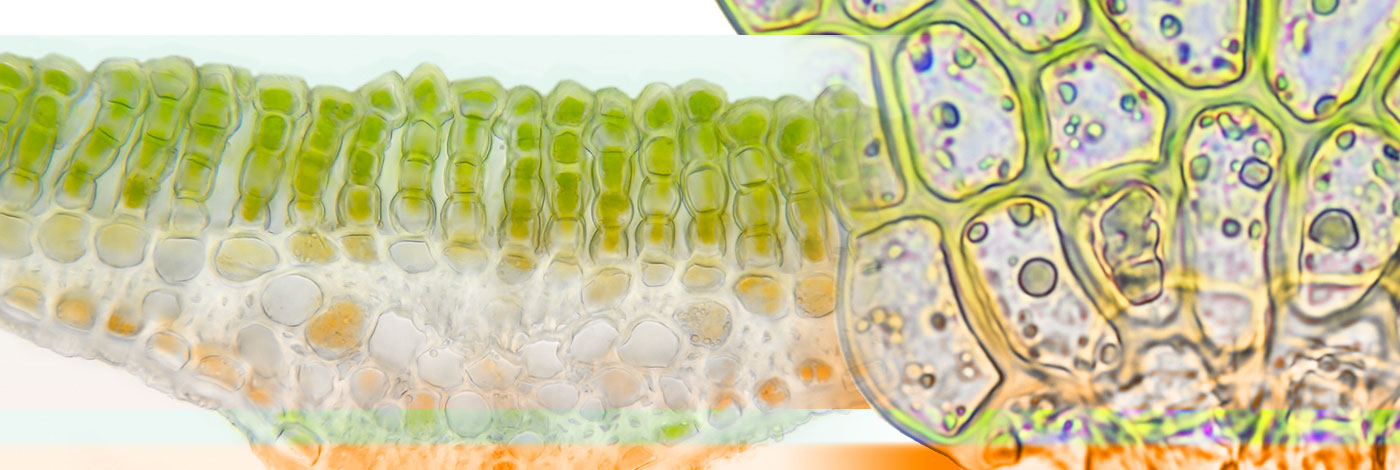
 Cryptogamie, Bryologie
35 (1) - Pages 19-36
Cryptogamie, Bryologie
35 (1) - Pages 19-36One hundred and fifteen species of epiphytes were recorded from 75 ash trees in an ancient pasture-woodland along with nine environmental variables. Significant positive correlations were obtained between species richness and three of these: girth, canopy width and exposure. Total epiphyte cover also correlated positively with girth. Overall, microlichen cover>bryophyte>macrolichen cover. The largest trees possessed the largest number of `old forest' taxa but no well-defined associations were observed. Proximity of trees to open water also influenced the occurrence of some species. Bark analysis from a subsample of trees showed that calcium was positively correlated to girth and total phosphorus negatively correlated, demonstrating the complexity of tree-epiphyte relationships.
The study confirms the importance of ash as a phorophyte for a wide range of cryptogamic epiphytes and emphasises the need for conservation measures in the wider context of woodland management, with the provision of open glades on different scales permitting a broad range of exposure and sheltered habitats plus a sustainable age-structure for the tree population to help stabilise woodland diversity.